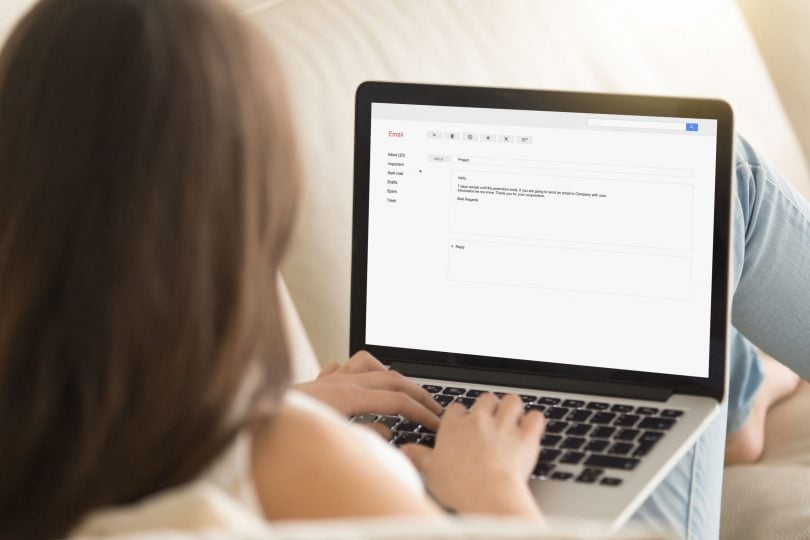Almost everyone owns a smartphone these days, and that means people can email on the go. With many customers actually preferring emails over phone calls, it’s important to make sure you’re using best practices when writing emails.
Use a branded email address
When setting up an email account, make sure it’s professional. Using a branded email address (one with your own company’s domain name rather than a free email service domain) that matches your website instantly lets your customers know you take your business seriously. Now that your company has its own email domain, you’re ready to send and receive emails.
Pay attention to the structure
When emailing customers (or anyone for that matter), the structure is important. You’ll want to begin every email by greeting the customer in a friendly manner.
For example:
Hello John,
or
Hello Mr. Smith,
You get the idea.
The message
Next comes the body of the email; it’s where the subject matter goes. If you’re replying to a customer’s question, avoid one-word answers. This is especially true if the customer is following up after the job to address a problem that occurred on the move day.
If a customer asks whether a missing piece of furniture has been found, you wouldn’t want to just reply “no.” Instead, begin by apologizing, and following up with a solution. In a scenario where something is missing, you can let the customer know you’ll check the truck and get back to them in no later than 24 hours.
Alternatively, maybe a customer sends an email asking about a missing item that you just found. In this case, you can again apologize for any inconvenience, and ask when the best time to deliver the item would be. Friendly, proactive communication is the best approach.
When signing off at the end of your emails, include your name (even if you’re not sending the email from a shared account such as sales@, or ops@, etc.). For example:
Best regards,
Your Name
Your Title
Moving Company Name
Contact Information
Proofread everything before hitting send. Doing so will allow you to make sure there aren’t any spelling, grammar, or punctuation mistakes.
Benefits of written correspondence
One of the major benefits of emails is that by sending them, you have a written record of your correspondence. Past emails can be used for reference to clear up any potential confusion. Even if you make a phone call to a customer, it’s a good idea to follow up with a recap email.
Sending pre-move emails to customers with tips and answers to frequently asked questions is one way to make sure every move goes as smoothly as possible.
So what are the key takeaways? Establish a branded email address, communicate in a friendly and professional manner, be sure to write clearly, and proofread before sending it. Congrats on becoming an email expert!








